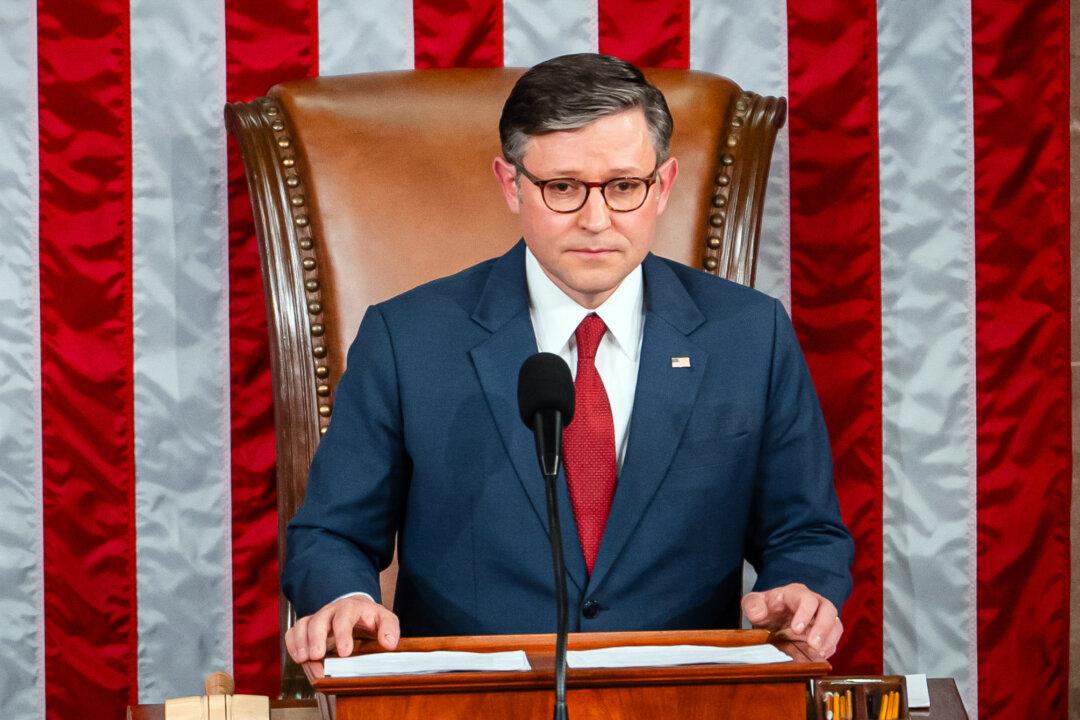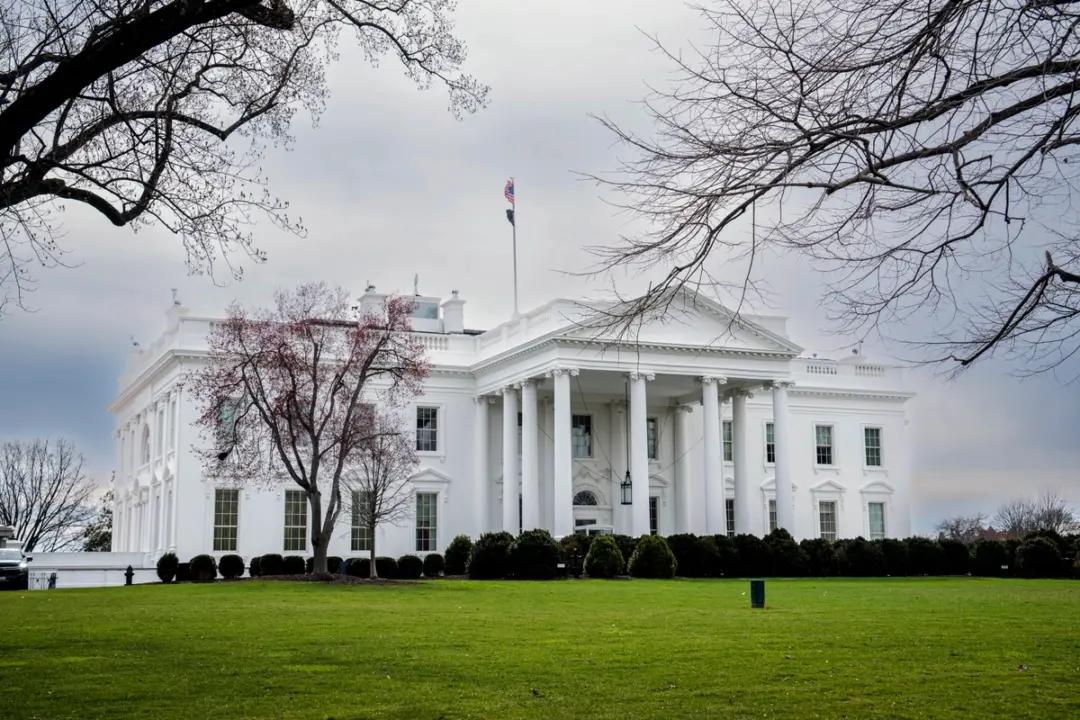Sen. Lindsey Graham (R-S.C.) announced Saturday that the Senate Judiciary Committee is proceeding with the same Supreme Court confirmation hearing schedule starting on Oct. 12, while Senate Majority Leader Mitch McConnell (R-Ky.) said he would adjust the floor schedule to accommodate the hearings.
Graham, who chairs the Judiciary Committee, said in a statement that there would be no change to the confirmation hearing schedule and that the panel will proceed with the consideration of the nomination of Judge Amy Coney Barrett to the nation’s highest court.
“The Senate’s floor schedule will not interrupt the thorough, fair, and historically supported confirmation process previously laid out by Chairman Graham,” McConnell wrote.
Questions have been raised about whether the COVID-19 diagnosis of two Republican members of the committee—Sen. Mike Lee (R-Utah) and Sen. Thom Tillis (R-N.C.)—would impact the confirmation hearing schedule. Both senators have said they plan to undergo a 10-day quarantine, set to conclude by the time Barrett’s confirmation hearings are scheduled to begin. Republicans hold a 12-10 majority on the Judiciary Committee and, with Democrats expected to vote against, participation of all GOP senators is key for Barrett’s candidature to clear the committee for a floor vote.
McConnell, who has vowed to put Barrett’s candidacy to a vote this year, said on Friday that her nomination is “full steam ahead.”
McConnell told radio Hugh Hewitt on Friday that safety considerations amid the COVID-19 mean the Judiciary Committee hearings may be held remotely.
“Members, some of them have, I think, done their interviews in previous hearings remotely. This sort of underscores, I think, the need to do that. And I think every precaution needs to be taken, because we don’t anticipate any Democratic support at all, either in committee or in the full Senate, and therefore, everybody needs to be in an all hands on deck mindset,” McConnell replied.
In his Senate floor schedule statement, McConnell said that the Judiciary Committee has, since May, “operated flawlessly through a hybrid method that has seen some Senators appear physically at its hearings while other members have participated virtually,” adding that all Republican senators intend to take part in the hearings.
Trump nominated Barrett to fill a vacant seat on the high bench after the death of Justice Ruth Bader Ginsburg. If Barrett is successfully appointed, this would give the Supreme Court a 6–3 conservative majority.
Republicans have largely hailed the decision to move forward with the nomination, while Democrats have been vocal in their opposition.





